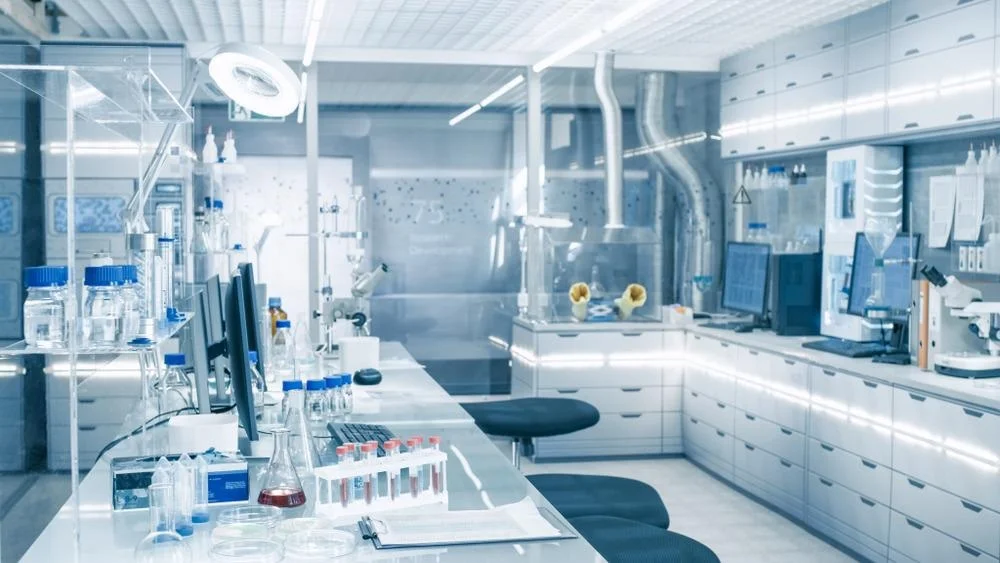Textile Organic Dye Residue Analysis
The analysis of organic dye residues in textiles is crucial for ensuring product safety and compliance with international standards. Textiles often incorporate various types of dyes to achieve vibrant, durable colors that withstand the rigors of use and washing. However, residual dyes can pose health risks if they leach out into the environment or onto skin during wear. Therefore, accurate and reliable dye residue analysis is essential for manufacturers, quality managers, compliance officers, R&D engineers, and procurement departments.
Textile organic dye residues are primarily analyzed using spectroscopic methods such as UV-Vis spectrophotometry, HPLC (High Performance Liquid Chromatography), or GC (Gas Chromatography). These techniques can identify and quantify specific dyes down to parts per million levels. The process begins with the extraction of the sample in a suitable solvent like methanol or water-acetonitrile mixtures. The extracted dye is then purified through filtration before analysis.
The textile industry must comply with various international standards such as ISO 14032, ASTM D7685, and EN 1999-2:2011 to ensure the safe use of dyes. Compliance officers play a critical role in ensuring that all processes adhere to these guidelines. The analysis helps manufacturers identify any non-compliant batches early on, thereby preventing costly product recalls.
Quality managers also benefit from this service as it provides them with valuable data regarding dye stability and migration behavior under real-world conditions. This information is crucial for optimizing production processes and improving the overall quality of finished products. R&D engineers can leverage these insights to innovate new formulations that meet both performance expectations and regulatory requirements.
Textile organic dye residue analysis also plays a vital role in ensuring product safety, particularly concerning skin contact textiles like clothing, bedding, and personal care items. By monitoring for any residual dyes, manufacturers can reduce the risk of adverse reactions such as irritation or sensitization. This is especially important given that certain aromatic amines found in some azo dyes are classified carcinogens.
The importance of this analysis extends beyond manufacturing; it applies equally to post-production testing and quality control checks. For instance, during dyeing processes, slight variations in temperature or pH can lead to incomplete dye bonding, resulting in higher residual levels. Regular monitoring allows for prompt corrective actions if necessary.
Another critical aspect is the durability of dyes used in outdoor gear where prolonged exposure to sunlight might cause fading. Understanding how much dye remains after washing cycles helps predict colorfastness performance over time, which is vital for customer satisfaction and brand reputation.
In summary, textile organic dye residue analysis serves multiple purposes from ensuring compliance with international standards to enhancing product safety and quality. It offers invaluable insights into production processes and end-product characteristics, making it an indispensable tool in the modern textile industry.
Applied Standards
- ISO 14032:2015 - Environmental Management Systems – Life Cycle Assessment (LCA) Requirements for Products
- ASTM D7685-09(2020) - Standard Test Method for Determination of Azo Dyes in Textiles
- EN 1999-2:2011 - Specification for azo dyes and other potentially harmful substances used in textile products
The aforementioned standards provide a comprehensive framework for evaluating the environmental impact of textile products throughout their lifecycle, including dyeing processes. They guide laboratories like Eurolab in conducting thorough analyses to ensure compliance with strict regulations.
Eurolab Advantages
At Eurolab, we pride ourselves on delivering top-tier laboratory services tailored specifically for the textile industry. Our state-of-the-art facilities equipped with advanced analytical instruments enable us to offer precise and reliable results consistently. Here are some of our key advantages:
- Expertise: With years of experience in chemical testing, our team comprises highly qualified chemists specializing in organic compound analysis.
- Precision: Utilizing cutting-edge technology ensures accurate measurements down to trace levels.
- Compliance: Our methodologies are meticulously designed to adhere strictly to industry standards ensuring no room for discrepancies.
- Efficiency: Shorter turnaround times mean faster feedback loops allowing quicker decision-making processes within your organization.
- Confidentiality <|im_start|><|im_start|>GuidId





